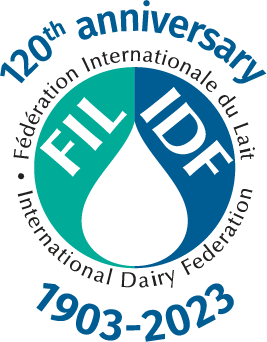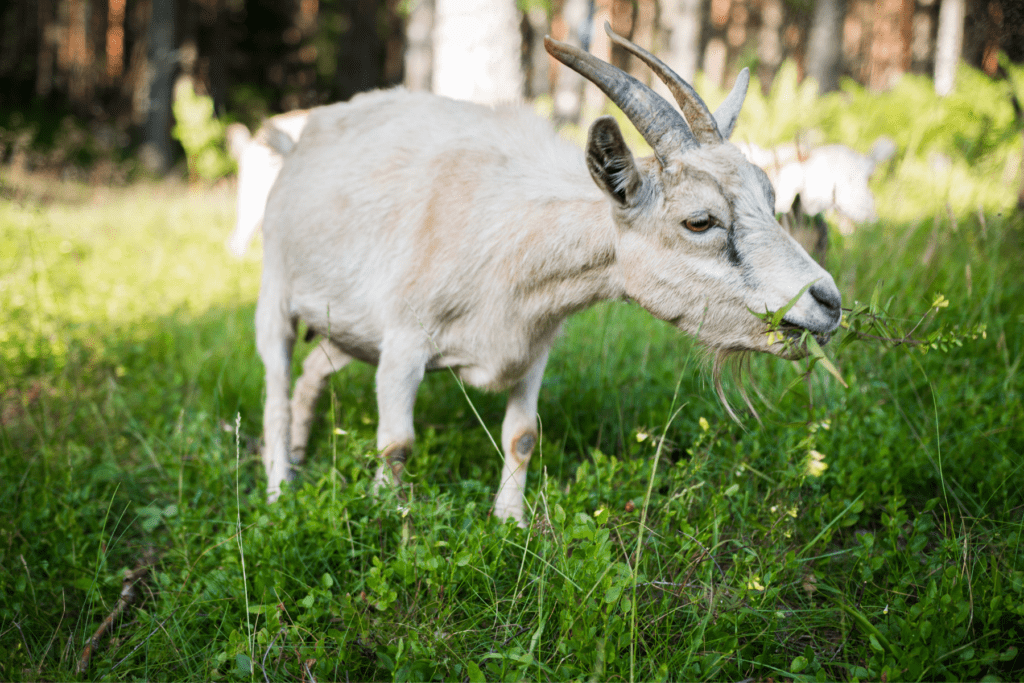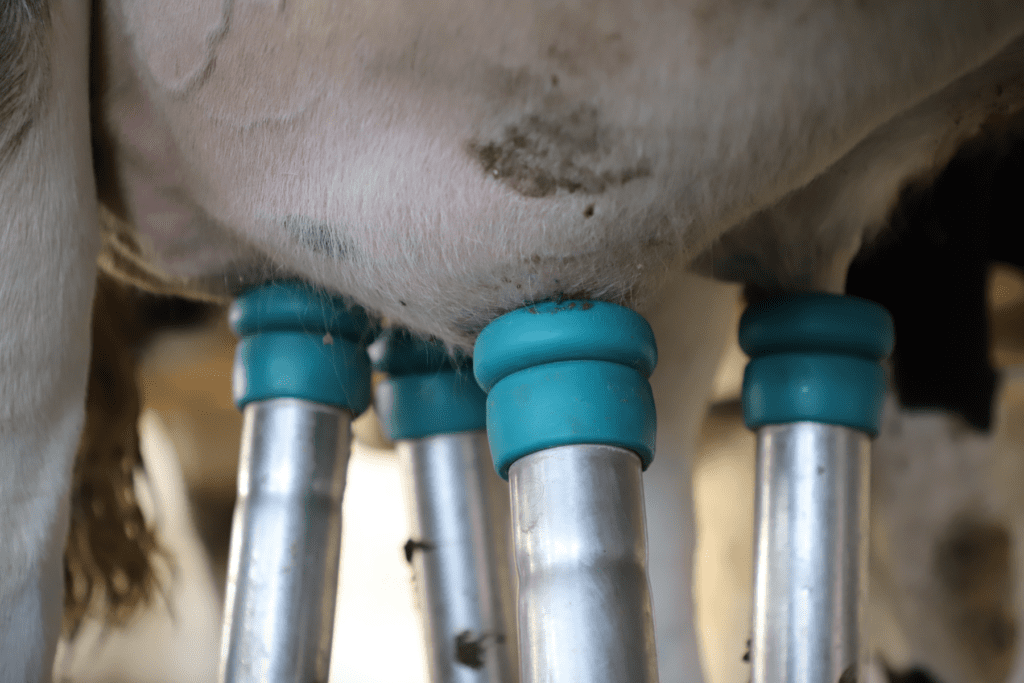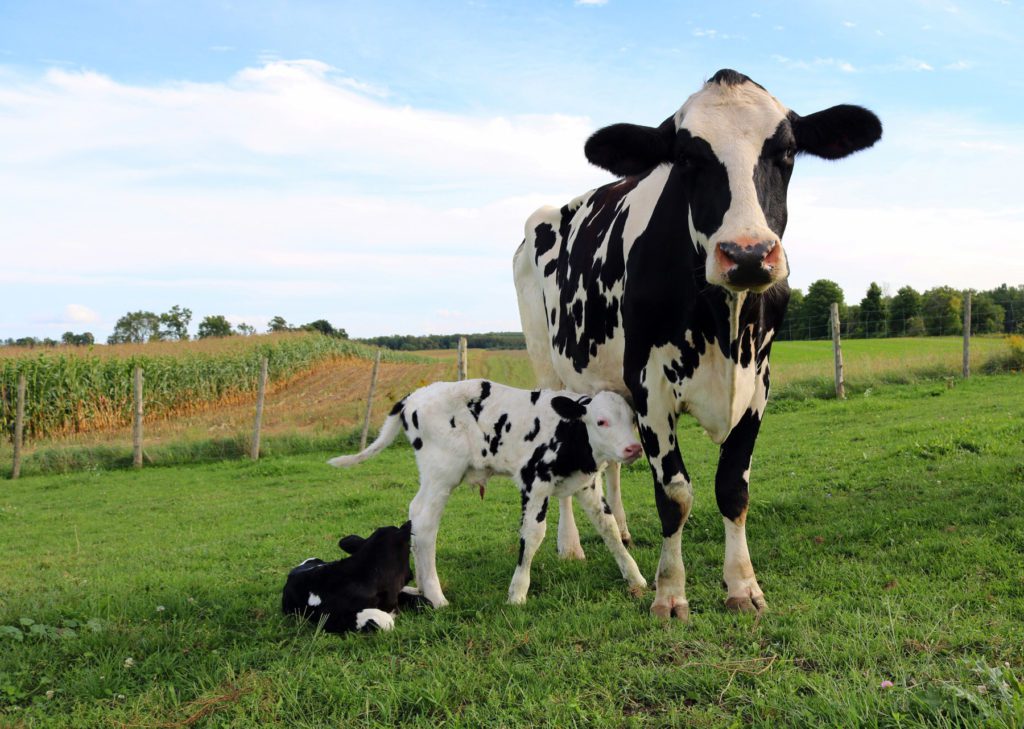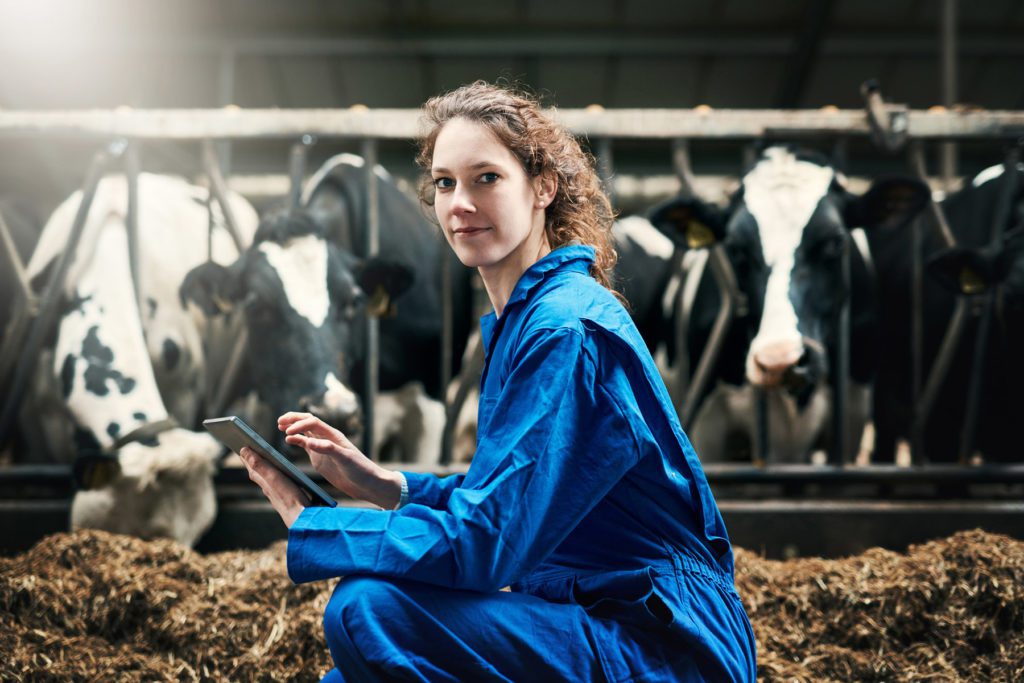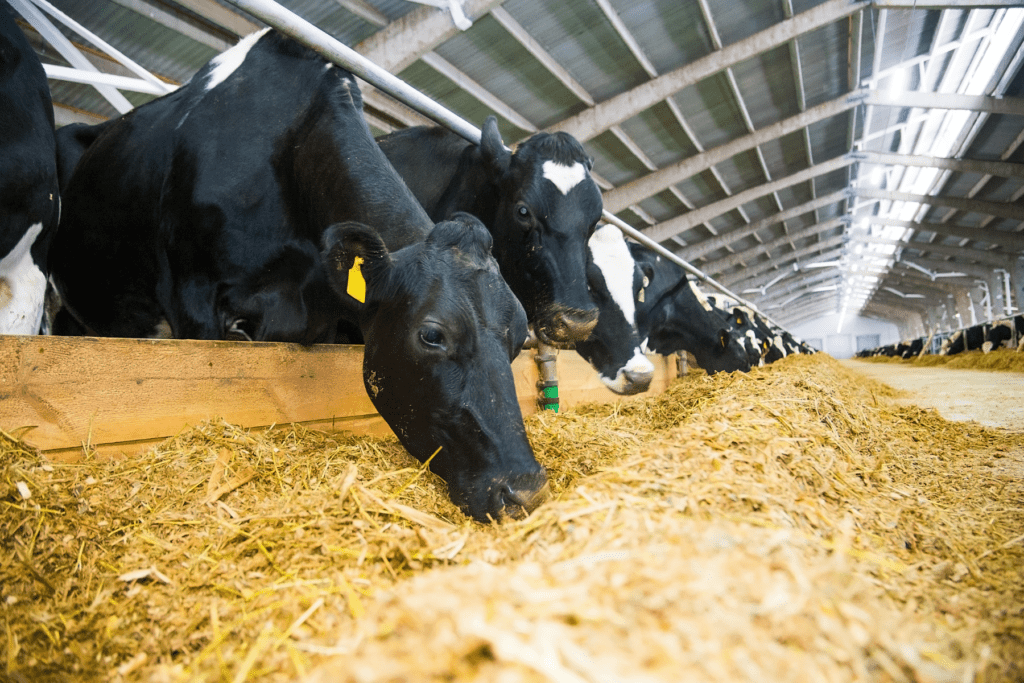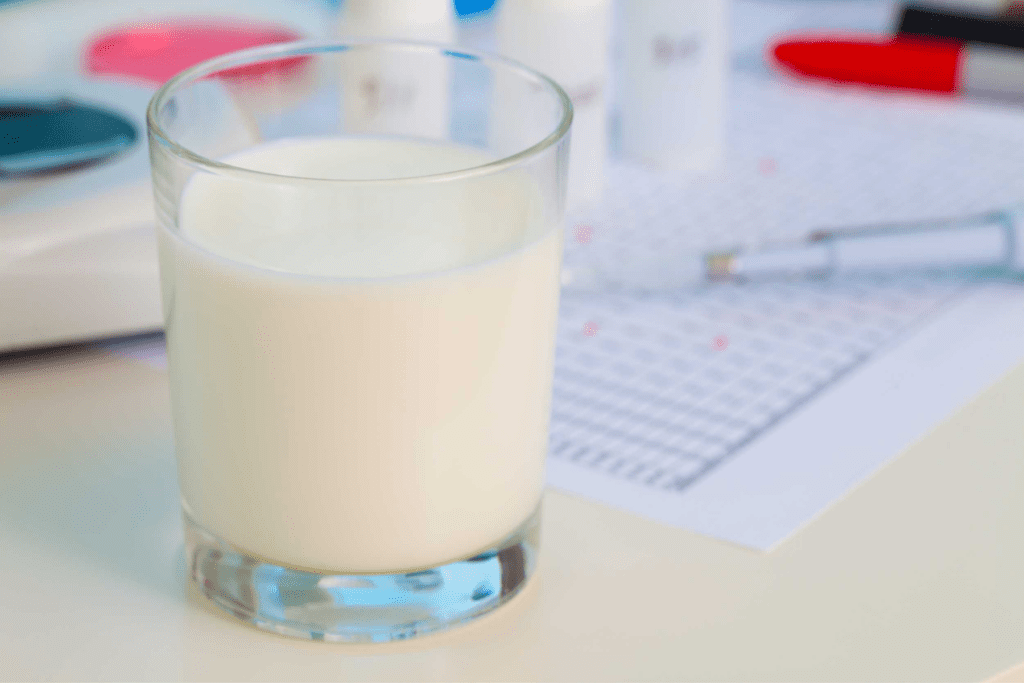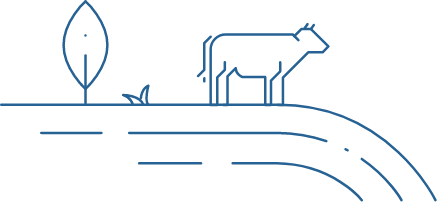Share this page
Reproduction
& breeding
The importance of reproductive
technologies to improve cattle
& impacts on dairy sustainability
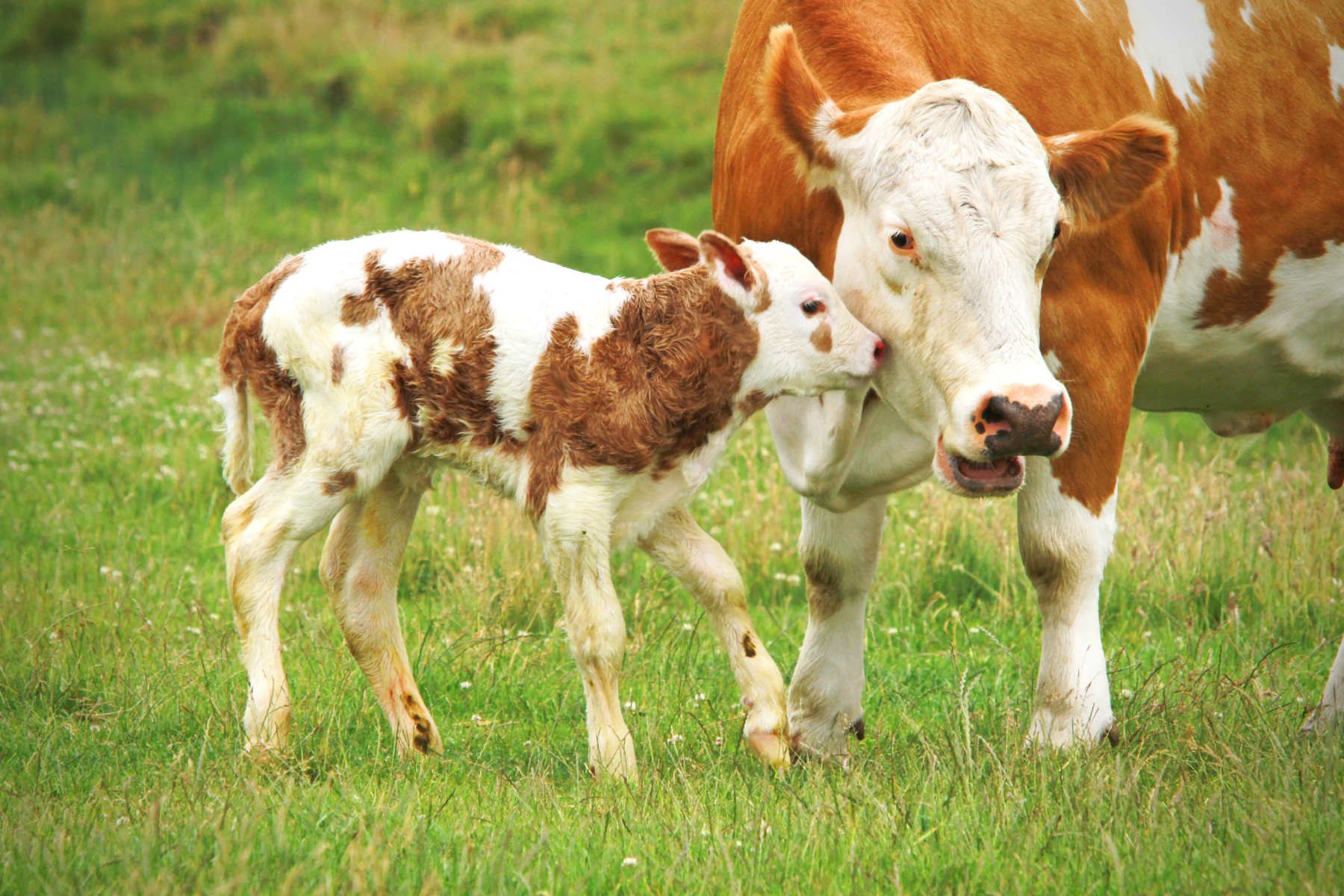

For over 6,000 years, farmers have used reproductive technology to improve their cattle. Reproductive technologies drive the efficiency of managing dairy cattle because the lactation cycle of the dairy animal depends on regular calving to renew lactation yields. Achieving timely pregnancies to allow calving at regular intervals, therefore, is critical in modern dairy production.
To meet the demands to produce sufficient milk for fluid and dairy products, various technologies are applied to enhance efficiencies on the dairy farm to allow managers to retrieve information to make cattle-side decisions about health and reproductive status (e.g. artificial insemination (AI), embryo transfer, ultrasonographic, chemical detection of pregnancy, monitoring or prediction of oestrus, genetic testing, etc.) and handheld communication and testing devices.
Genomic selection
Genomic selection is a form of marker-assisted selection (an indirect selection process where a trait of interest is selected not based on the trait itself but on a marker linked to it) in which the genetic markers covering the whole genome are used so that all quantitative trait loci are in linkage disequilibrium (haplotypes do not occur at the expected frequencies) with at least one marker.
Genomic selection has been essential to improving dairy cattle around the world. It has helped to increase genetic diversity and increase the presence of traits with low heritability.
Moreover, it has helped detect carriers of undesirable recessive characteristics. In the bigger picture, it has helped decrease the number of culled cows because of cows bred for greater longevity in addition to improving milk quality and feed efficiency. Genomics has been proven to be useful in selecting for more “environmentally friendly” traits such as reduced methane emissions leading to a decreased milk carbon footprint.
Uses of genomic selection in dairy cattle:
- It increases the ability to predict genetic merit of dairy animals for economically important
- It allows recognition of “mendelian” traits such as polled, coat colour, genetic recessives.
- It allows producers to make accurate selection decisions without waiting for progeny test results on males or lactation records on females.
- It can shorten generation intervals due to the availability of knowledge on the bulls’ traits at one year of age.
- There is increased intensity of selection.
Reproductive hormones
Reproductive hormones refer to various products that mimic those hormones naturally produced by a cow.
Reproductive hormones fall into three general types:
- prostaglandins (fatty acid derivative)
- gonadotrophins (protein compound)
- progesterone (steroid)
Additionally, one other hormone, oxytocin, a 9-amino acid peptide naturally produced by the cow’s pituitary gland, may be used at the time of birth to help a cow if needed to expel the placenta and uterine contents. It also may be used to stimulate the milk let-down reflex by contracting cells around the alveoli pushing milk down the ducts towards the teat end.
Reproductive hormones are an important tool for farms and can increase reproductive efficiency through increased heat detection, timed artificial insemination, and reduced duration in the nonpregnant or nonlactating state days.
Using reproductive hormones can also increase the service and conception rate on farms. All these factors result in optimizing reproductive performance (better oestrus detection and conception rates) have been modelled to reduce greenhouse gas intensity of milk production.
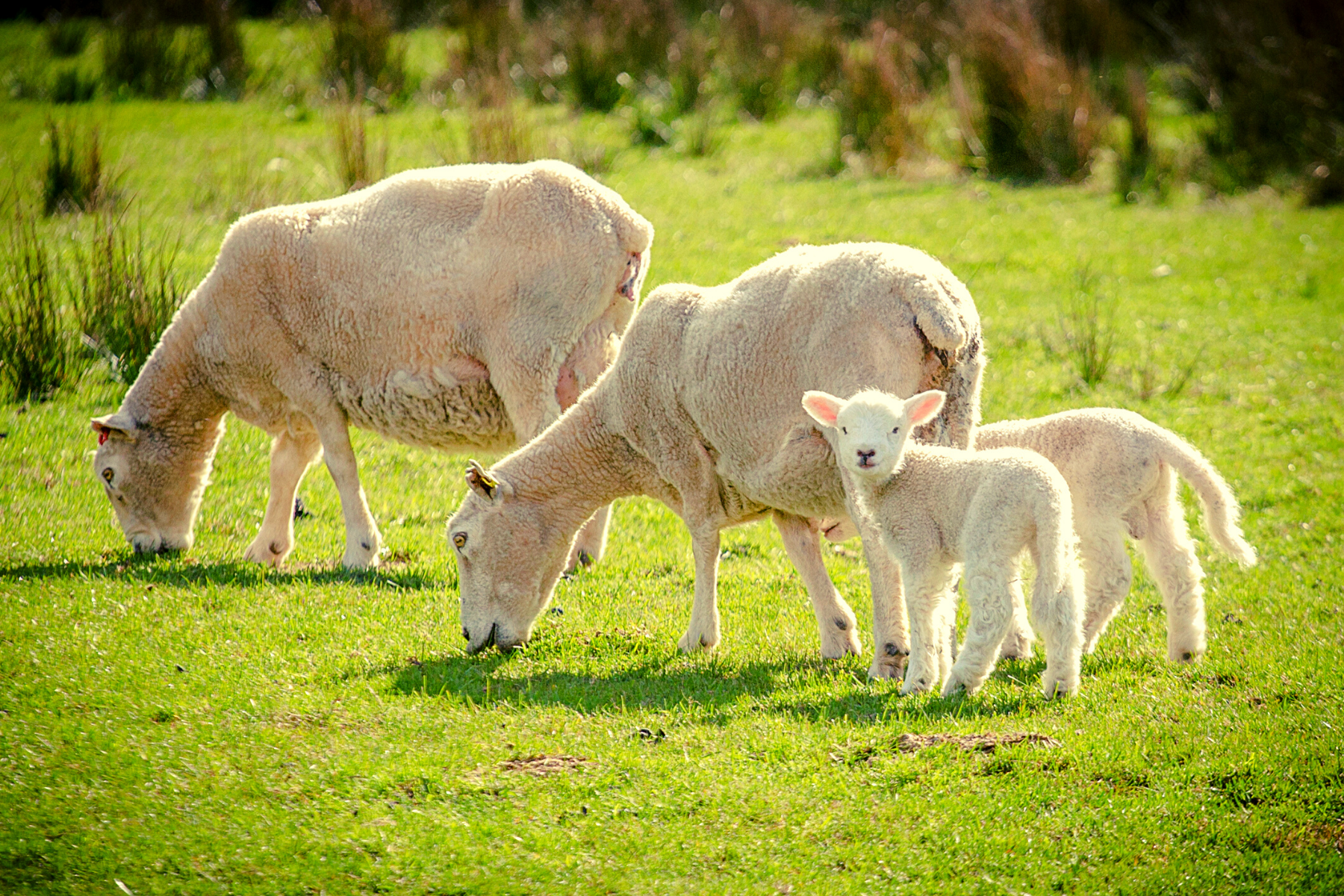

Reproductive technologies guidance
The IDF provides a global overview and appropriate guidance on these technologies at the farm for the dairy sector and outlines the advantages and disadvantages of their use while providing managing recommendations for an efficient dairy production, ensuring animal health and animal welfare. For more information, read:
Learn more about farm management
The breadth of issues IDF covers in its work is extensive. Find out more about the work we do
Animal feeding and nutrition
Adequate & sustainable feed & water is essential for a dairy animal’s health & productivity, as we...
Read MoreMilking hygiene
Dairy farmers implementing a quick, gentle, and effective milking routine assures the quality of the...
Read MoreCalf care from birth to weaning
The animal health and welfare management of calves from birth to weaning is of great importance to t...
Read MorePromoting the welfare of dairy animals
For a dairy farmer to be successful at producing milk of good quality, the welfare needs of dairy an...
Read MoreRelated reports & publications
IDF provides a permanent source of authoritative scientific and other information on a whole range of topics relevant to the dairy sector.
Bulletin of the IDF N° 498/2019: The IDF Guide to Good Animal Welfare in Dairy Production 2.0...
This guide provides recommendations on stockmanship, feed and water, physical environment, husbandry practices....
Bulletin of the IDF N° 491/ 2018: Teat-cup and cluster removal strategies for cattle and small rumi...
Since the 1990s, when the technology was first introduced to Europe, automatic milking systems AMS (extraction....
IDF Animal Health Report N° 14
The 14th edition of the IDF Animal Health Report illustrates the importance of animal health and welfare for s....
IDF Animal Health Report N° 13
IDF's 13th edition of the IDF Animal Health Report. This latest tool to share knowledge in dairy welfare was r....
Related news & insights
Keep up to date with the latest news and insights from leading experts in the global dairy sector.
IDF and ICAR webinar host an interactive virtual event on animal welfare
On the 24 February 2021, IDF, in cooperation with the International Committee for Animal Recording (ICAR), hosted a virtual event looking at....
Improving consistency in milk somatic cell counting – Guidance on application of EC JRC Certified Reference Material released
Joint guidance prepared by IDF and ICAR represents a further step towards better equivalence in somatic cell counting worldwide. Milk somatic cell....
